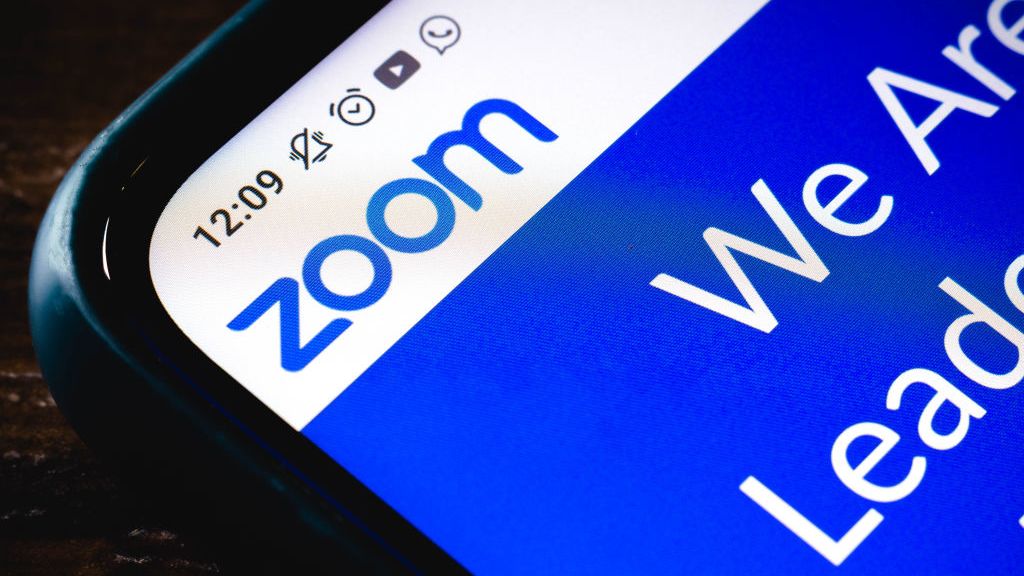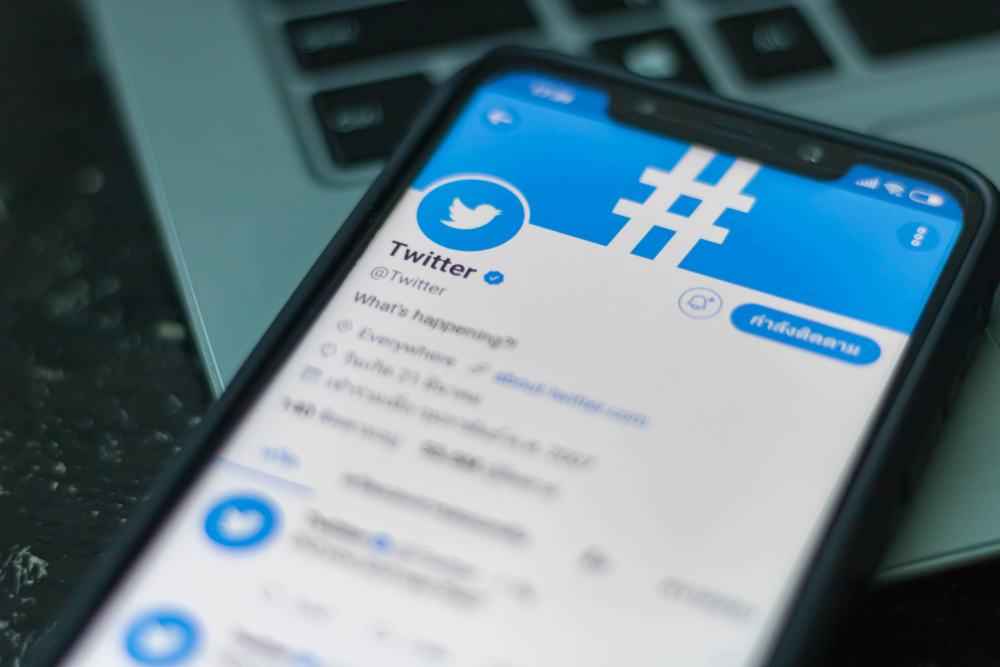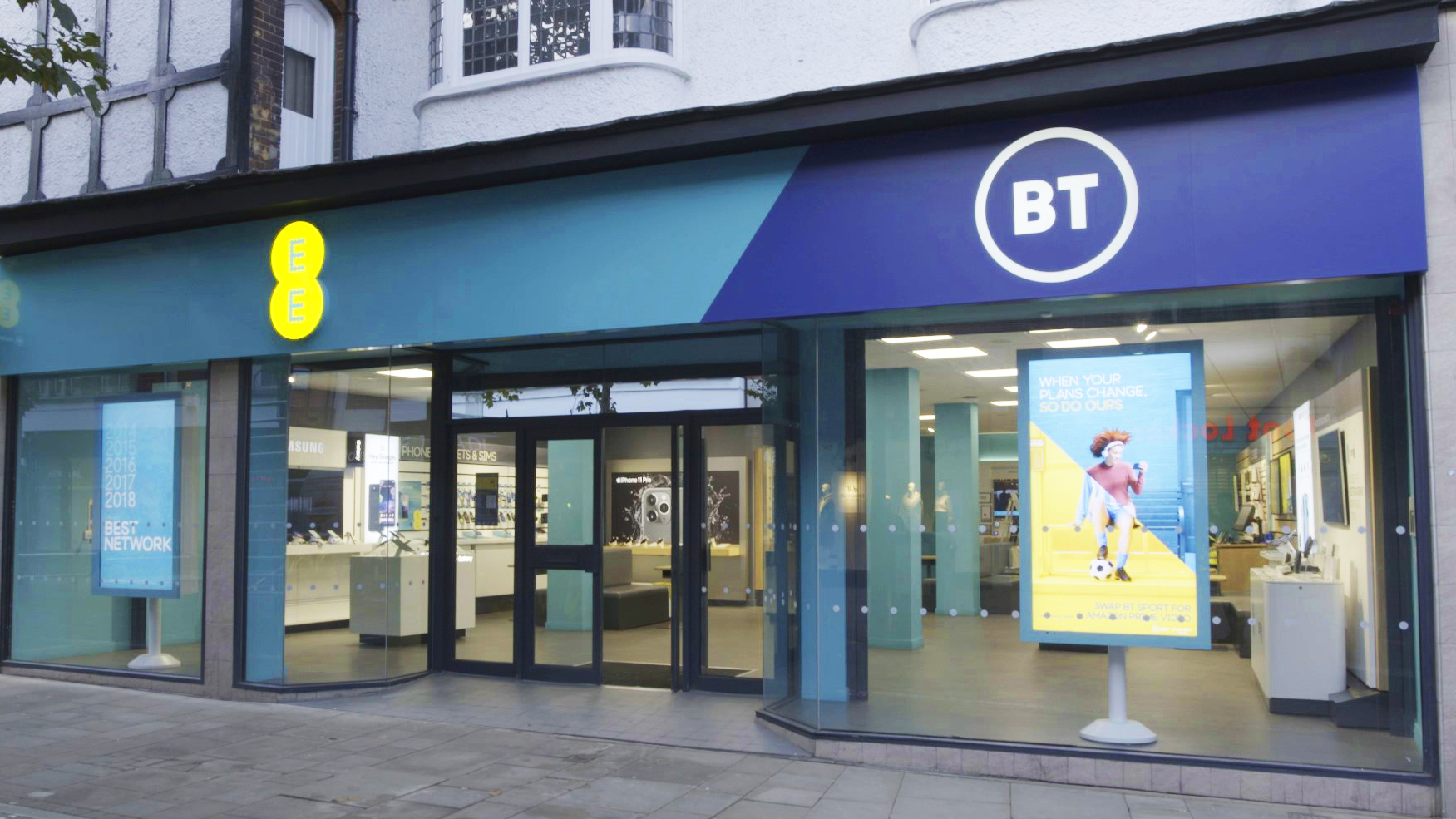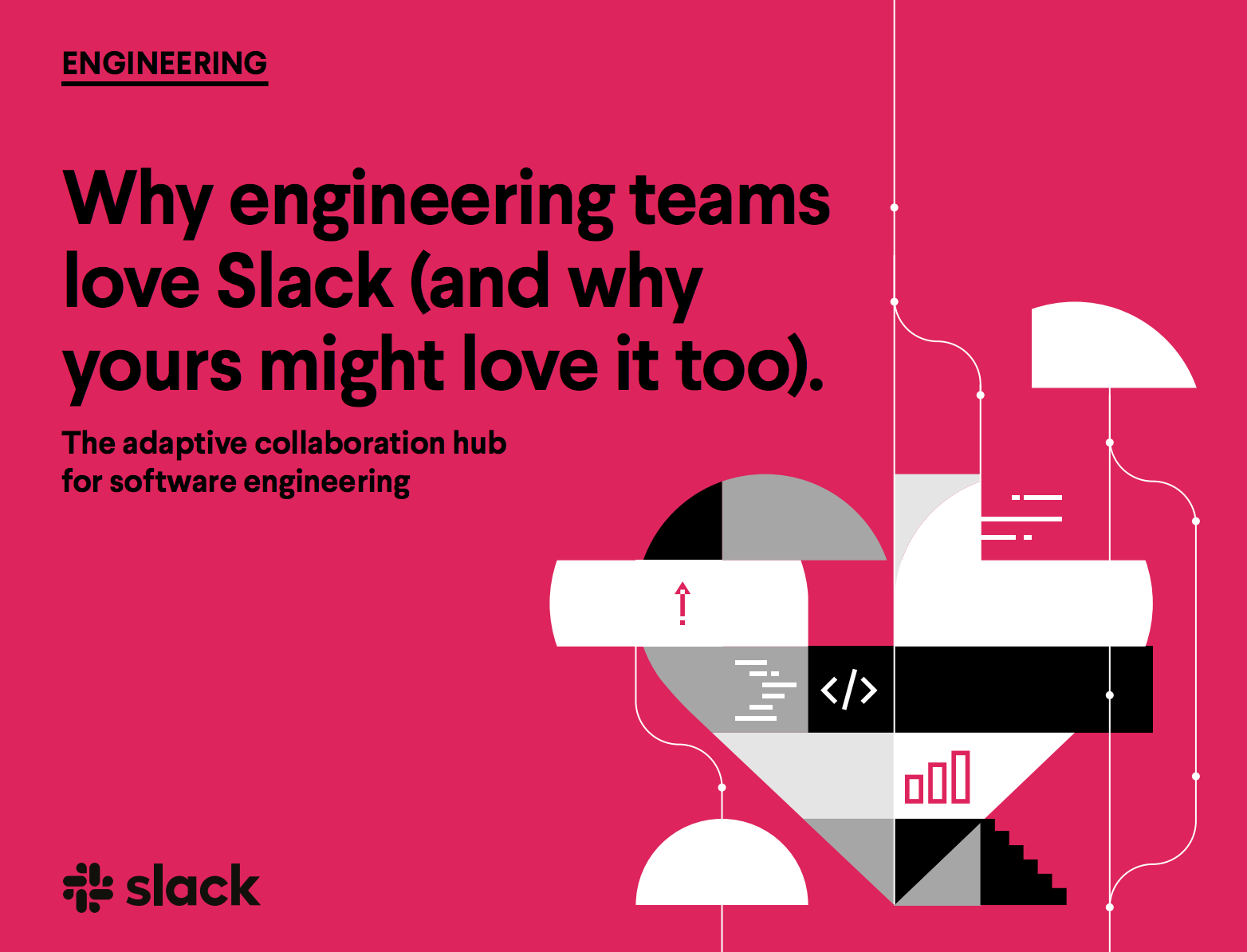How Workplace is helping leaders engage with hybrid teams
The new rules defining the post-pandemic future of work and business communications

For many businesses, the COVID-19 pandemic has completely transformed the way we work, with effects that are expected to persist long after all restrictions on movement and social contact have been lifted. In 2020, many people found themselves having to work from home every day, some for the first time in their careers.
While there are various negatives associated with not being able to work in an office or other shared space, this period has also demonstrated the benefits of home working. Thus, UK businesses are expected to maintain remote-working options, leading to a hybrid-working model which will see a mix of home and office working, and which will emphasise not where or how the work is done but its efficiency and effectiveness.
Two key factors in ensuring that these hybrid-working systems are effective are communication and employee experience (EX). Clear lines of communication are vital to ensure that colleagues can stay aligned with business priorities and with each other to ensure that they’re all moving in the same direction, can ask questions and engage with their leaders, and can create and maintain a community within their organisation.
EX goes a step beyond this to look at the sense of belonging a member of staff has to the wider organisation throughout their time with the business. It comprises a series of actions, techniques and strategies that help employees create a deeper sense of connection to their work, their colleagues and the company as a whole. In a working culture where colleagues might never see each other face to face or occupy the physical space of an office or headquarters, developing and maintaining a strong EX strategy and the right tools to ensure they all employees are engaged with will become one of the key challenges of the hybrid working future..
Workplace from Facebook is a communication tool that offers a way to build and maintain EX in your organisation and to empower leaders to better connect with their teams as a group and as individuals. With features like Groups, Chat, Rooms, live video broadcasting and a Knowledge Library where relevant content like workstation setup guides and HR policies can be created, stored and shared – all of which can integrate with your existing tools – it offers a simple, intuitive way to keep your organisation connected, from one-to-one and team chats to company-wide communications.
Workplace has outlined three new rules of engagement to help foster EX across your business:
New rule #1: Create more efficient employee communication
With new distributed-working models meaning that employees will rarely occupy the same physical space – and that some may rarely or never visit the office – businesses may have to work more actively to maintain clear and open lines of communication than they have in the past. For effective EX, you have to make sure that the right people have access to the right information wherever they are based, and that any communications can be just as easily accessed by anyone in the business to avoid siloing. This is particularly true of frontline workers, a group that has historically been hard to engage with because the communication platforms being used often don’t include them.
Particularly in times of uncertainty, clear and transparent communication is a must. Leadership should be willing to openly discuss the issues – even if it doesn’t have all the answers, employees expect consistent, authentic communication and will be more reassured by candour than equivocation.
In turn, employees must be given open lines of communication to feed back on how they feel about the direction and functioning of the company, and must be reassured that they are being listened to. In a hybrid-working system, this will prove just as valuable to leadership, creating an avenue for insights and ideas on everything from working practices to customer experience which might previously have been shared casually in the office.
Workplace’s live video function integrates seamlessly with existing business tools to create fast and accessible department- or company-wide communications from a laptop or phone straight out of the box, without the need for assistance from your IT team. It can be used for panel discussions or town halls, with features including live Q&A and automatic captioning to ensure that all participants can properly engage and participate. It also offers post-broadcast stats that will allow you to assess the performance of the communication and to adjust and improve future sessions.
The Queensland Police Service is a very large organisation, with about 16,000 staff members spread across a large geographic area. It has a very hierarchical structure with ten ranks from constable to commissioner, and communication between ranks has proven a challenge in the past.
“I really wanted to cut through those layers in the organisation,” says Katarina Carroll APM, commissioner of police, Queensland Police. “So Workplace came at a time when I desperately needed to change the way we operate, the way that we engage and the way we communicate. It also came at a time when we were responding to COVID.
“We could have held off, but I actually saw an opportunity to use it in getting our message out through COVID.” Workplace allowed Queensland Police to communicate the rapidly changing situation very quickly and to engage with the entire organisation at all levels. “[It also enabled] junior staff to ask questions constantly in an area that was legally changing all the time,” Carroll continues. The ability to use Workforce on mobile devices was vital for the dispersed police force.
During the height of the first wave of the pandemic, Carroll used Workforce to hold regular virtual meetings with the entire organisation. “Never in the past would you ever have a commissioner go onto a virtual conference with her officers,” she says, “but I have cut through five or six rank levels in our organisation.” She found that those who previously struggled to communicate across the ranks have particularly enjoyed these interactions. “Workplace has really allowed us to transform how we communicate and engage in the organisation.”
New rule #2: Build community
Community and personal interactions are an important part of the working environment and EX that have been seriously curtailed by the pandemic. When working across a hybrid team, it’s easy to feel isolated and siloed, so companies need to take an active role to empower people to work together and develop their sense of belonging across dispersed networks.
For employees to feel truly engaged, they need to feel that they are part of a community, working together with shared values towards a common goal, no matter their position in the business. This is particularly important for new recruits, who might not have the opportunity to meet their team and members of the wider business face to face as they would have done before the pandemic. And while communicating on business matters is vital, it’s important not to neglect the social element of our work relationships, which may have suffered particularly under our new working model.
Workplace’s Groups feature is a great way to foster these lines of communication. These secure shared spaces offer a simple and easy way for employees to engage with their colleagues, whether they are collaborating on business projects or discussing shared interests. Groups can be used for everything from keeping employees informed about business announcements to helping them build the social connections necessary for a community.
An awareness of diversity and inclusion (D&I) issues is also important for building a work community. No matter their background or identity, employees need to understand that they are being seen, heard and valued. A diversity of thought and experience on different business matters often leads to greater insight and innovation. Groups is a great way for organisations to bring people together to discuss their shared identities and experiences, fostering communication and community.
New rule #3: Put wellbeing first
We’re only just beginning to understand the impact that the pandemic has had on our mental and physical wellbeing. Working from home has meant that people need to make a conscious effort to keep physically active, and it has been much harder for organisations to assess and maintain employee working environments. According to an Oracle study, 78% of workers also say that the pandemic has negatively affected their mental health. Boundaries between work and home life are frequently at risk of blurring, and employers have had to consider how to support staff from afar.
A key strategy is to empower employees to be aware of the risks and issues and to educate themselves to identify and mitigate threats to their wellbeing. Toolkits and wellness programmes can offer simple and straightforward advice to workers, from how to optimise their home-working environment to identifying and combating the stresses that can contribute to burnout, and putting aside time to communicate with colleagues on non-work-related matters. To ensure that such tools and information are easily accessible, features like Workplace’s Knowledge Library are an ideal way to collate information and place it at employees’ fingertips whenever they need it. Knowledge Library’s search function is simple and reliable to use, and it’s quick and easy to build and customise content on Workplace.
For global food and agriculture business Olam International, Workplace has been a key tool for ensuring clear and open lines of communication between its 87,000 full-time, seasonal and contract employees during the pandemic. “Through our pulse checks, we’ve also identified that there were two major areas of concern for employees,” says Dev Sarkar, vice president, group head of internal communications at Olam. “One was wellness and the other was productivity. So we ran themed monthly campaigns to address these areas. For example, August was a wellness month, and we curated a lot of content internally and externally to meet this need, including hosting live sessions with experts on things like yoga, wellness, mindfulness etc.
“It would have been impossible to imagine how we would have communicated in this pandemic if we didn’t have Workplace,” he continues, “and how we would keep engagement and people together across the 60-odd countries that we’re in.”
Workplace can help your organisation to abide by these rules, creating clearer channels of communication and bolstering EX by ensuring that employees feel connected and are properly supported and supplied with the information they need to work effectively and happily. Rollout is simple and Workplace integrates with existing tools and platforms to create a communication platform fit for the post-pandemic, hybrid-working future.
Get the ITPro daily newsletter
Sign up today and you will receive a free copy of our Future Focus 2025 report - the leading guidance on AI, cybersecurity and other IT challenges as per 700+ senior executives
ITPro is a global business technology website providing the latest news, analysis, and business insight for IT decision-makers. Whether it's cyber security, cloud computing, IT infrastructure, or business strategy, we aim to equip leaders with the data they need to make informed IT investments.
For regular updates delivered to your inbox and social feeds, be sure to sign up to our daily newsletter and follow on us LinkedIn and Twitter.
-
 What the UK can learn from the rest of the world when it comes to the shift to IP
What the UK can learn from the rest of the world when it comes to the shift to IPSponsored From the Netherlands to Singapore, UK organisations can learn lessons from forward-thinking countries and make the PSTN switchover as seamless as possible
By Keumars Afifi-Sabet
-
 The big PSTN switch off: What’s happening between now and 2025?
The big PSTN switch off: What’s happening between now and 2025?Sponsored The challenges of adopting IP telephony can be overcome, but you don't have long to act
By Rory Bathgate
-
 How digital marketing will evolve beyond social media
How digital marketing will evolve beyond social mediaIn-depth Twitter's ongoing destabilisation proves businesses can't rely on social media for digital marketing forever
By Elliot Mulley-Goodbarne
-
 TD Synnex Maverick announces availability of Zoom for partners in Europe
TD Synnex Maverick announces availability of Zoom for partners in EuropeNews Partners now have access to the entire Zoom portfolio, including unified communications platform Zoom One
By Daniel Todd
-
 Best Twitter alternatives for businesses and IT professionals
Best Twitter alternatives for businesses and IT professionalsIn-depth With its long-term viability as a networking and commercial space in question, the industry is casting its eye to several Twitter alternatives
By John Loeppky
-
 BT Wholesale is bringing EE’s mobile connectivity to partners
BT Wholesale is bringing EE’s mobile connectivity to partnersNews The partnership will provide access to EE’s 4G and 5G networks as the PSTN switch-off approaches
By Daniel Todd
-
 Why engineering teams love Slack
Why engineering teams love SlackWhitepapers The adaptive collaboration hub for software engineering
By ITPro
-
 Avaya's Wavenet partnership aims to deliver affordable enterprise-quality UCaaS
Avaya's Wavenet partnership aims to deliver affordable enterprise-quality UCaaSNews The collaboration combines unified-communications-as-a-service (UCaaS) and contact centre-as-a-service (CCaaS) with bundled calls and minutes
By Daniel Todd


